Plants are a great way to add life to your home, and using ceramic plant pots are a beautiful way to display them.
“If we could see the miracle of a single flower clearly, our whole life would change.” -Buddha
These pots are in different styles which you can choose to suit your plants. Consider the size, style, color, and material of the pot when making your selection. With a little bit of research, you can find the perfect pot for your home and plant.
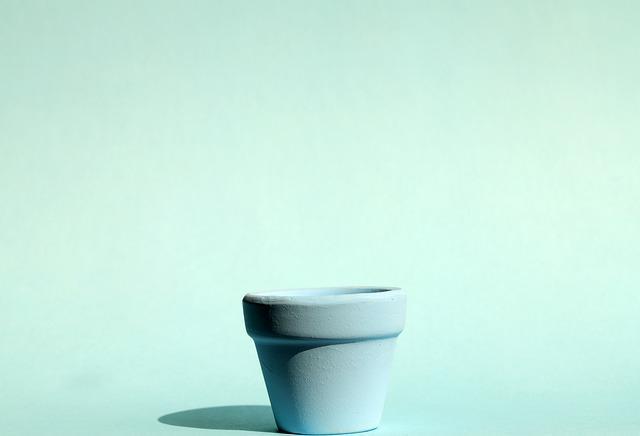
The Benefits Of Ceramic Plant Pots
Ceramic plant pots come with a lot of benefits that can be great for both your plants and your home.
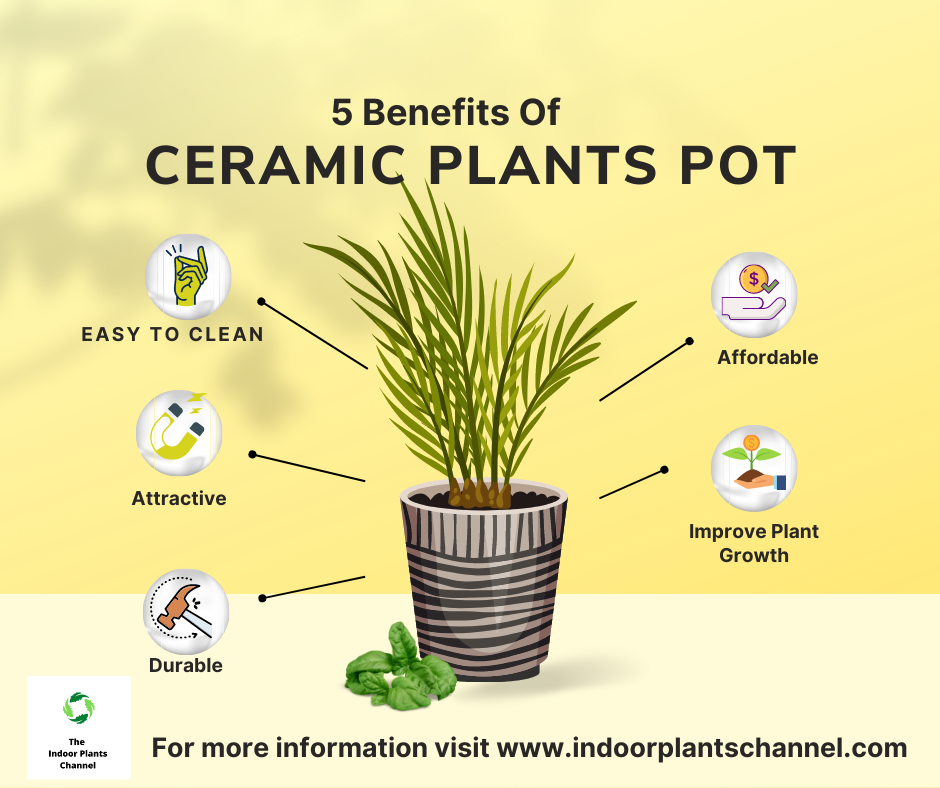
Here are some of the benefits of using ceramic plant pots:
- Help Your Plants Grow
- Easy to clean
- Durable
- Attractive
- Affordable
Ceramic plant pots can help your plants grow in several ways. They help to regulate the temperature of the soil, which can be beneficial for plants that prefer warmer or cooler temperatures. Additionally, they can keep the soil moist, which is important for plant growth.
Ceramic plant pots are very easy to clean, which is important for keeping your plants healthy. All you need to do is wipe them down with a damp cloth and they will be good as new.
Ceramic plant pots are quite durable, which means they will last you a long time. This is important because it means you won’t have to replace them as often, which can save you money in the long run.
Ceramic plant pots are attractive and can add a touch of style to your home. They come in a variety of colors, shapes, and sizes, so you’re sure to find one that fits your personal taste.
Ceramic plant pots are very affordable, which is great if you’re on a budget. You can find them for a reasonable price at most home goods stores.
The Best Ceramic Pots For Indoor Plants
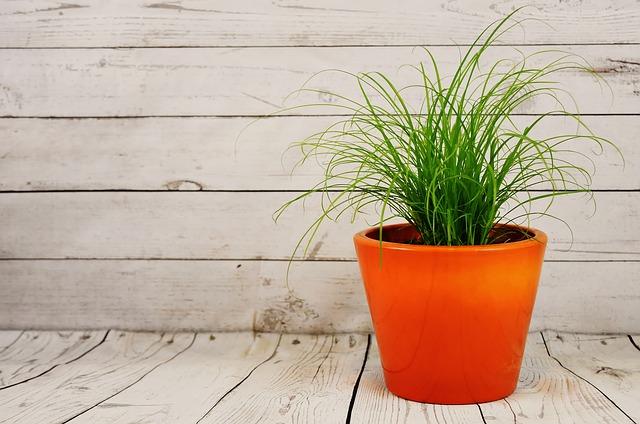
- The best ceramic pots for indoor plants are those that are unglazed and have a drainage hole in the bottom.
- The next best choice are glazed pots with a drainage hole.
- The least desirable option is a glazed pot without a drainage hole.
- When choosing a pot, make sure it is the right size for the plant. A pot that is too small will limit the plant’s growth, while a pot that is too large will make it difficult to keep the plant watered.
- Be sure to check the bottom of the pot before purchasing to make sure there is a drainage hole.
- If you are unsure which size pot to choose, ask the nursery staff for help.
- When potting a plant, use a good quality potting mix and water it well.
- Once the plant is potted, place it in a bright spot but out of direct sunlight.
- Water the plant regularly, making sure to let the soil dry out between waterings.
The Best Plants For Ceramic Pots
There are a few things to consider when choosing plants for ceramic pots.
- The size of the pot.
Make sure the plant you select will fit comfortably in the pot with room to grow.
- The type of ceramic pot.
Some pots are more porous than others and will need to be watered more often. Be sure to select a plant that is appropriate for the type of pot you have.
- Location of the pot.
Some plants prefer full sun, while others prefer partial shade. Be sure to select a plant that will thrive in the location you have for it.
Here are a few of the best plants for ceramic pots:
Ficus
This is a great plant for a ceramic pot as it can tolerate both full sun and partial shade and does not require a lot of water.
Philodendron
It is perfect for a ceramic pot as it is very easy to care for and does not require a lot of water. It can also tolerate both full sun and partial shade.
Snake Plant
This is an excellent plant for a ceramic pot as it requires low maintenance and low water intake. It prefers full sun but can also tolerate partial shade.
Spider Plant
It is a great plant for a ceramic pot as it also requires low maintenance. It prefers partial shade but can also tolerate full sun.
Succulents
These are perfect plants for ceramic pots as they are very easy to care for and do not require a lot of water. They prefer full sun but can also tolerate partial shade.
The Worst Plants For Ceramic Pots
There are a few plants that don’t do well in ceramic pots. Here are the five worst offenders:
Fiddle Leaf Fig
This plant is notorious for being difficult to care for, and part of the reason is that it doesn’t do well in pots. The roots of a fiddle leaf fig are very sensitive and can easily be damaged if the pot is too small or the wrong material. If you’re determined to grow a fiddle leaf fig, stick to a plastic or metal pot.
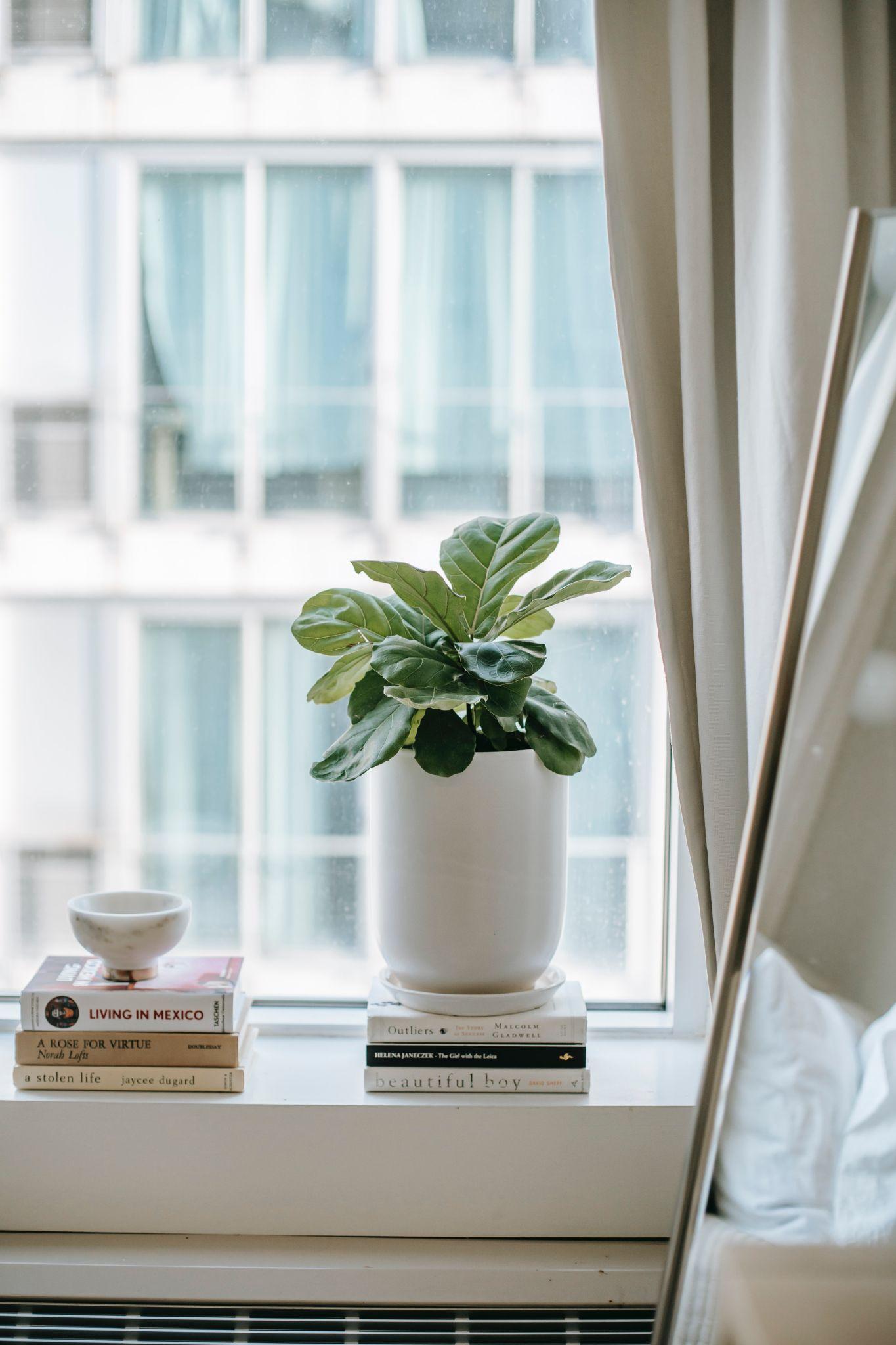
Credit: Pexels
Snake Plant
Snake plants are another difficult plant to care for, and they also don’t do well in ceramic pots. Snake plants need very well-draining soil, and ceramic pots can’t provide that. The roots of a snake plant will rot in a ceramic pot, so it’s best to avoid them.
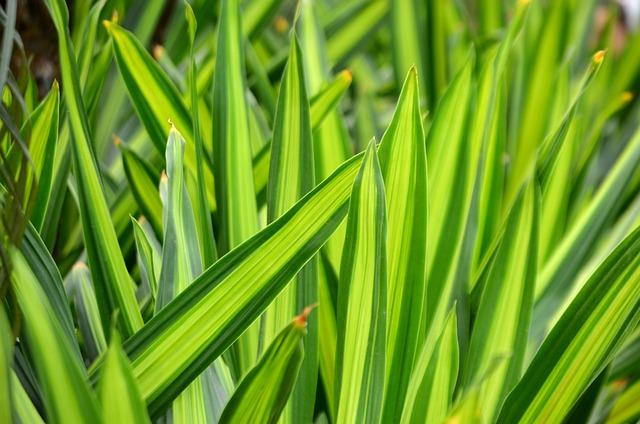
Cactus
Cacti are succulents, so they need well-draining soil. But unlike other succulents, cacti are very sensitive to overwatering. So if you’re growing cacti in a ceramic pot, make sure to water very sparingly. Otherwise, the roots will rot and the plant will die.
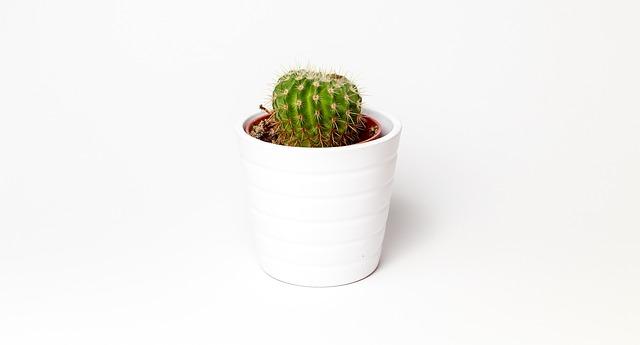
Bamboo
Bamboo is a fast-growing plant, and it can quickly outgrow a ceramic pot. The roots of bamboo are also very strong, and they can easily crack a ceramic pot. If you’re growing bamboo, stick to a plastic or metal pot.

Orchids
Orchids are one of the most difficult plants to care for, and they don’t do well in ceramic pots. Orchids need specific conditions to thrive, and ceramic pots can’t provide that. The roots of an orchid will rot in a ceramic pot, so it’s best to avoid them.
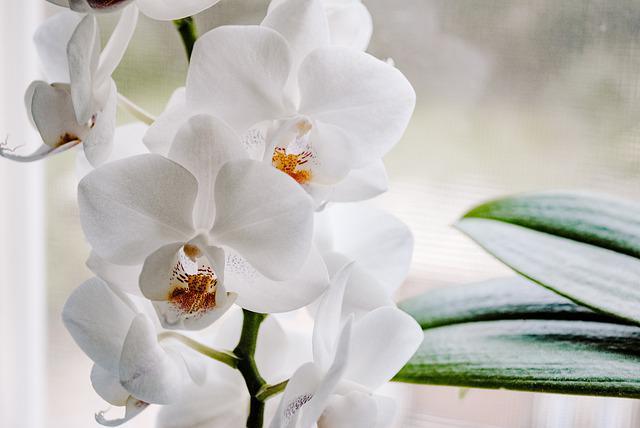
How To Choose The Right Size Ceramic Pot
When it comes to ceramic pots, size does matter. Choosing the right size pot for your plants is essential for the health of your plants. The right size pot will provide the right amount of space for the roots to grow and will allow the plant to get the right amount of air and water. Here are some tips on how to choose the right size pot for your plants.
Measure the plant.
This is the first and most important step in choosing the right size pot. You need to know how big the plant is so that you can choose a pot that is the right size.
Consider the root system.
The roots of the plant will need space to grow, so you need to choose a pot that is big enough to accommodate the root system.
Consider the plant’s growth.
You need to choose a pot that is big enough for the plant to grow. If you choose a pot that is too small, the plant will be restricted in its growth.
Consider the plant’s needs.
Some plants need more space than others. If you are not sure how much space the plant needs, ask a professional at a nursery or garden center.
Choose the right material.
The material of the pot is also important. Some materials, such as clay, can dry out the roots of the plant. Choose a pot that is made of a material that will not dry out the roots of the plant.
How To Plant In A Ceramic Pot
If you’re looking for a way to add a bit of life to your home, planting in a ceramic pot is a great option!
- Step 1: Choose a pot that is the right size for the plant you want to grow. Make sure there are drainage holes in the bottom of the pot.
- Step 2: Fill the bottom of the pot with a layer of gravel or rocks. This will help with drainage.
- Step 3: Add a layer of potting mix on top of the gravel.
- Step 4:Choose your plant and gently remove it from its current pot. Place it in the new pot and fill in any gaps with more potting mix.
- Step 5: Water your plant and place it in a sunny spot.
Watering Tips For Ceramic Pots
Watering your plants is important, but it can be tricky to know how often to water them and how much water they need. Over-watering can be just as harmful as under-watering, so it’s important to get it right.
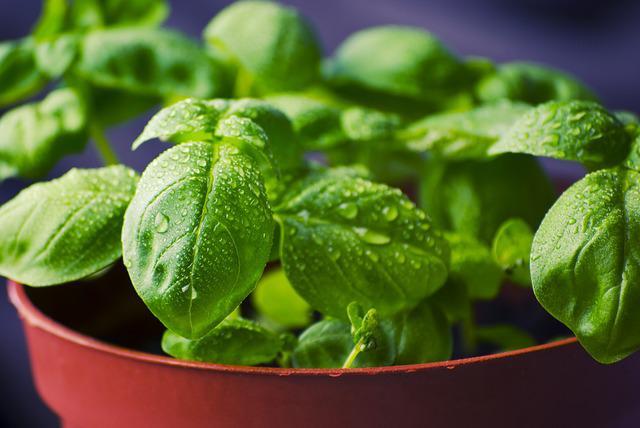
Here are some tips on watering your ceramic pots:
- Check the soil before watering. Stick your finger in the soil to see if it is dry or moist. If it is dry, it’s time to water. If it is moist, wait a few days and check again.
- Water your plants in the morning. This gives them the water they need to last through the day. Watering in the evening can make the leaves wet overnight, which can lead to fungal diseases.
- Be careful not to over-water. Water your plants slowly so that the water has a chance to soak into the soil. If the water runs off before it has a chance to soak in, you are overwatering.
- Know your plants. Some plants need more water than others. Succulents, for example, need very little water. Be sure to research your plants so that you know how much water they need.
Following these tips will help you water your ceramic pots correctly and keep your plants healthy and happy.
Fertilizing Tips For Ceramic Pots
If you want your ceramic pots to look their best, you need to fertilize them regularly. Here are some tips to help you fertilize your ceramic pots properly:
- Use a high-quality fertilizer that is specifically designed for plants in pots.
- Follow the directions on the fertilizer package carefully.
- Fertilize your ceramic pots every two weeks during the growing season.
- Don’t fertilize your ceramic pots in the fall, before the plants go into dormancy.
- Resume fertilizing your ceramic pots in the spring, when the plants start to grow again.
How To Care For Your Ceramic Pot
Assuming you have already bought your ceramic pot, here are a few tips on how to take care of it:
- Make sure to clean your pot before using it. This will help keep it in good condition and prevent any dirt or bacteria from getting into your plants.
- When watering your plants, be sure to do so slowly and evenly. Avoid letting water sit in the saucer for too long, as this can lead to stains or even cracks.
- If you notice any cracks or chips in your pot, be sure to repair them as soon as possible. This will help prevent further damage and keep your pot looking its best.
- Once in a while, you may want to give your pot a good cleaning. This can be done with a mild soap and water solution. Just be sure to rinse it well afterwards.
- Lastly, ensure to place your pot in a location where it will get plenty of light. This will help your plants stay healthy and thrive.
Frequently Asked Questions
Do I need to water my plants more often if I use a ceramic pot?
No, you do not need to water your plants more often if you use a ceramic pot. In fact, ceramic pots can help to regulate the amount of water your plants receive.
Will a ceramic pot help to keep my plants cooler in the summer?
Yes, a ceramic pot can help to keep your plants cooler in the summer. The material helps to regulate the temperature of the soil, which can keep your plants from getting too hot.
Can I use a ceramic pot for all of my plants?
Yes, you can use a ceramic pot for all of your plants. However, there are some plants that do better in ceramic pots than others. For example, plants that need a lot of drainage, such as succulents, do better in ceramic pots than plants that need moisture, such as ferns.
Do I need to fertilize my plants more often if I use a ceramic pot?
No, you do not need to fertilize your plants more often if you use a ceramic pot. The material does not absorb nutrients from the soil, so your plants will not need more fertilizer than they would in a different type of pot.
Can I put a ceramic pot outside?
Yes, you can put a ceramic pot outside. However, you will need to bring it inside during the winter months to protect it from the cold weather.
Bonus Tips
- Get creative and paint the pots with fun designs.
- Use them to hold pens and pencils on your desk.
- Give them as gifts to your plant-loving friends.
- Choose a pot that has a drainage hole.
Conclusion
The best way to take care of your plants is to have the needed accessories. Ceramic pots are a good investment that’ll make your plants thrive. Moreover, you might face some doubts about the ceramic pots which is why we’ve made this post. The above content includes all you should know about the best ceramic pots for your plants.
Michelle Wilde
Related posts
1 Comment
Leave a Reply Cancel reply
![]()
About Michelle Wilde
Michelle Wilde is a stay-at-home mom and avid plant lover. Armed with a post-graduate degree in Computer Science (no kidding!), she loves researching plants and landscapes. When she is not caring for her 4 kids, she spends time on her passion for plants. She blogs at www.indoorplantschannel.com, the trusted source for indoor plants.
Learn more
Subscribe
* You will receive the latest posts and updates about indoor plants!
Search
Recent Posts
Categories
- Beginner Guides (10)
- FAQ (206)
- General (2)
- How-To Guides (212)
- Indoor Plants (214)
- Pest Management (2)
- Plant Problem Solutions (4)
- Seasonal Growing (2)
- Specialized Environments (2)
- Specific Plant Care (3)
- Technical Growing (2)
[…] pots – Ceramic pots are another popular choice for indoor plants. They are made of fired clay and are available in a […]